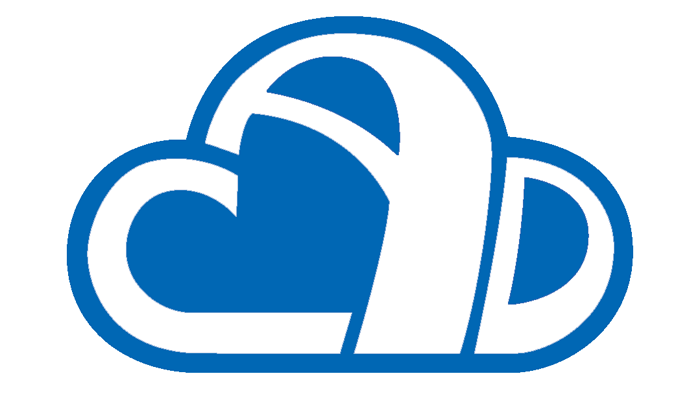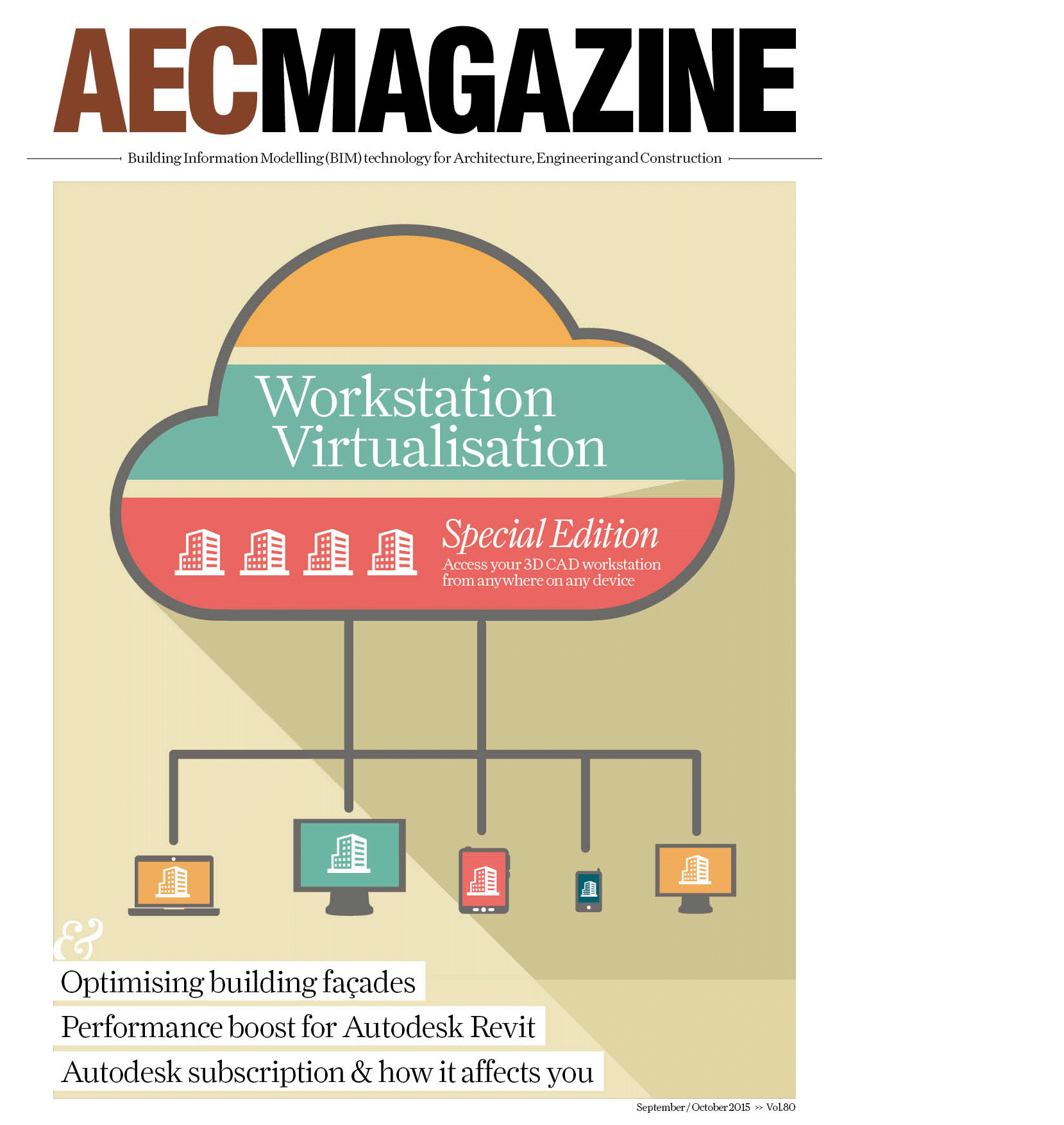Karl Van Nieuwenhuyse, BIM manager at the Willemen Groep, shares his experiences of running Autodesk Revit in a new cloud desktop platform from Belgium-based Cloudalize. By Willemen Groep
Cloudalize offers the possibility to “rent” heavy-duty workstations virtually from the cloud, including computing and graphics power and use it on any (multiscreen) device.
The new platform, called GPU Desktop as a Service, or GDaaS, is a cloud desktop platform that can run in any (private) data centre and generates GPU-accelerated cloud desktops on the fly. These cloud desktops can be connected with a cloud based App-store, which includes pre-installed GPU-intensive software. Or you can install the software yourself on the virtual workstation, just like your traditional workstation.
I worked with Revit on a K260Q cloud desktop model. The cloud desktop model had the following configuration:
8 vCPU
32GB vRAM
2GB virtual graphics memory
Using the following application simultaneously:
Revit with LOD 300 — 400 mixed model (17 views open) = (1.6GB in-memory idle)
AutoCAD 2015 (four files)
Inventor (two assemblies)
MS Excel (open at all times)
The first things I tested on the cloud desktop was responsiveness and performance of the applications — no difference compared with my traditional workstation. Drawing in shaded 3D view in Revit caused no problem, even in the realistic view; it was reactive enough with strokes.
The ‘Lossless’ function ensured that the image transient rendering delay when navigating, whereas before was always present, now vanished; this with smooth transitions without any noticeable delay using a mouse. It is important to note that peripherals still function well; the mouse-dependent can sigh relief. Further, switching between both multi and single screens and applications are seamless. It is very easy to transfer files between the cloud desktop and the local machine via drag and drop. Our reseller tested his remote assistance over the desktop to the cloud desktop: no problems. In addition to the horsepower that a GPU-accelerated desktop cloud provides, special opportunities exist at the platform level. Using the Revit Server, Willemen can allow geographically distributed project teams to work simultaneously on the same Revit project files. Revit server components reside in Willemen data centres and office servers, while users work on-site with heavy workstations.
In the long-run, savings are still possible, not just with time, but also cash outlays. Cloud-based BIM models can increase efficiency when linked to a GDaaS platform, which is also located in a public or private data centre. The central model (Revit Server Host) and the clients are both in the cloud, not local. This saves servers (since there is no more need for Revit Server accelerators) and allows much faster synchronisation because all the work is done in the cloud and not local.
I also see the opportunity for joint ventures with multiple parties. GDaaS streamlines the entire IT-infrastructure set up. Isolated clouds can be created for temporary projects by allowing project-based workers to have virtual desktops that give them access to necessary applications, resources and connections. The proprietary business domains and/or firewall problem stops being a roadblock preventing collaboration. In terms of licensing, by using a Pay-Per-Use model and Autodesk license renting possibilities temporary projects can realise savings, as well and allow for proper and clear cost dedication to the joint venture.
With the long list of GDaaS advantages, I believe that the heavy-duty workstation is near obsolete. Builders, designers and architects can be happy about this news, too. Cloudalize makes it easier to work collectively on a single project, but equally important, working from any location around the globe is finally possible. At long last, the desk, chair and heavy-duty workstation are no longer absolute building and design requirements.
Willemen Groep is Belgium’s largest family-owned (in its third generation) construction firm. It has made substantial acquisitions in the past 17 years, and was in 2013 voted Entrepreneur of the Year, a prestigious prize honouring its sustainable growth, balanced dynamic and entrepreneurial spirit
This is one of a series of articles on workstation virtualisation and related technologies, which appeared in AEC Magazine’s workstation virtualisation special edition. Click the links below to read all the other stories.
A beginner’s guide to workstation virtualisation
IMSCAD: BIM in virtualised environments
Global flexibility: Local sustainability
REVIEW: Teradici Workstation Access software
Collaborating with Revit over WAN
If you enjoyed this article, subscribe to AEC Magazine for FREE







